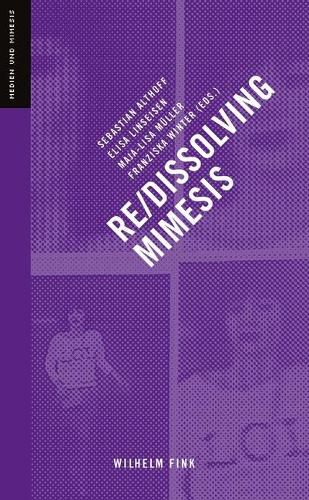Readings Newsletter
Become a Readings Member to make your shopping experience even easier.
Sign in or sign up for free!
You’re not far away from qualifying for FREE standard shipping within Australia
You’ve qualified for FREE standard shipping within Australia
The cart is loading…






A woman is implicated in an assassination and captured on CCTV. Instead of looking for a truth behind the image - is she really guilty? - the writer and curator Shumon Basar dives deeper into the image itself. The kaleidoscopic result of this paranoid, associative portrait is the gateway for the authors of this volume to meme Basar’s encounter with the digital image and to unfold what can be recognized as a post-digital image practice. To cut, to split, to reformat, to rearrange, to zoom - these techniques mix up the relation of reality and its representations and show that questions concerning the truthfulness of images under post-digital circumstances come to a dead end. The mimetic status of imagery, the search for the one and only original or false copy becomes an unsolvable quest in a world that is overloaded with images. What the authors of this volume therefore call for is not to neglect the concept of mimesis but to treat it as even more important - though as a dynamic not as a normative, hierarchical ranking tool.
$9.00 standard shipping within Australia
FREE standard shipping within Australia for orders over $100.00
Express & International shipping calculated at checkout
A woman is implicated in an assassination and captured on CCTV. Instead of looking for a truth behind the image - is she really guilty? - the writer and curator Shumon Basar dives deeper into the image itself. The kaleidoscopic result of this paranoid, associative portrait is the gateway for the authors of this volume to meme Basar’s encounter with the digital image and to unfold what can be recognized as a post-digital image practice. To cut, to split, to reformat, to rearrange, to zoom - these techniques mix up the relation of reality and its representations and show that questions concerning the truthfulness of images under post-digital circumstances come to a dead end. The mimetic status of imagery, the search for the one and only original or false copy becomes an unsolvable quest in a world that is overloaded with images. What the authors of this volume therefore call for is not to neglect the concept of mimesis but to treat it as even more important - though as a dynamic not as a normative, hierarchical ranking tool.